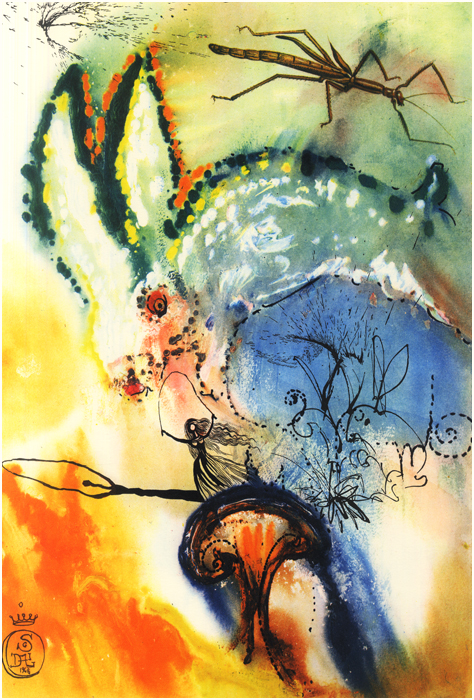Orderin’ time
Tomorrow sees me traveling to Pittsburgh to offer a workshop at one of my campuses, which is very exciting. However, the real excitement for the day will come after class when I swing by Bill Gray Volvo before heading back home for the evening. The reason for my stop will be to order what you see above you: a 2012 Volvo S60 T5 in Vibrant Copper. I am excited to see how the ordering process goes with Volvo as compared to Audi back in 2009 – and, of course, to start driving the new leased ride!



